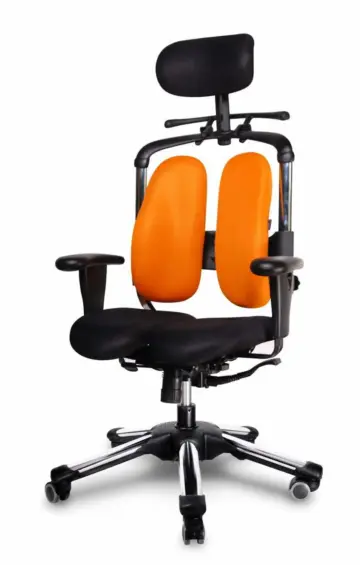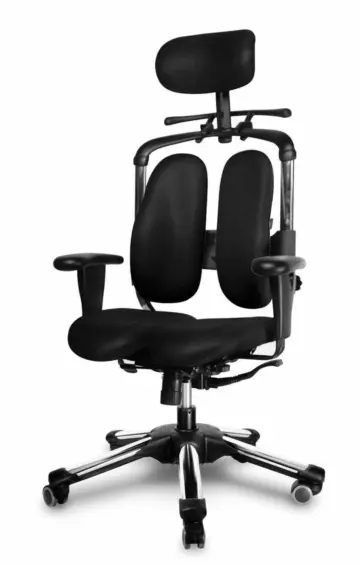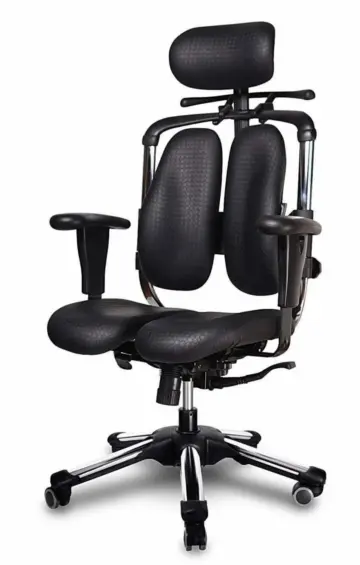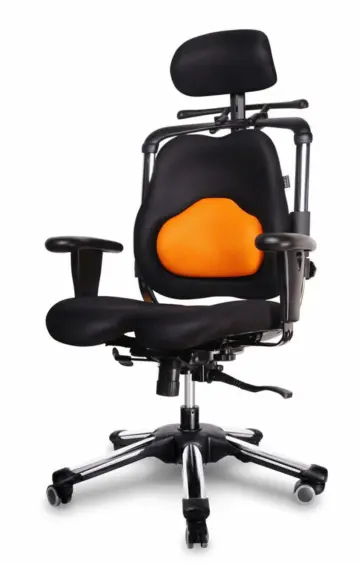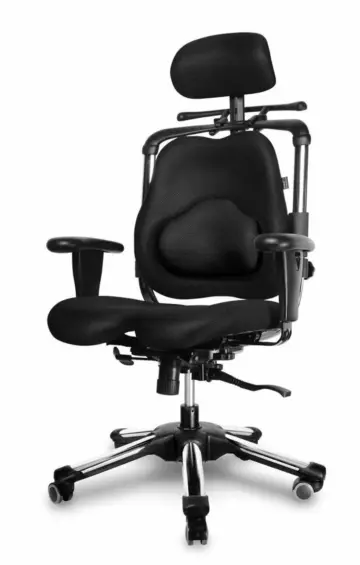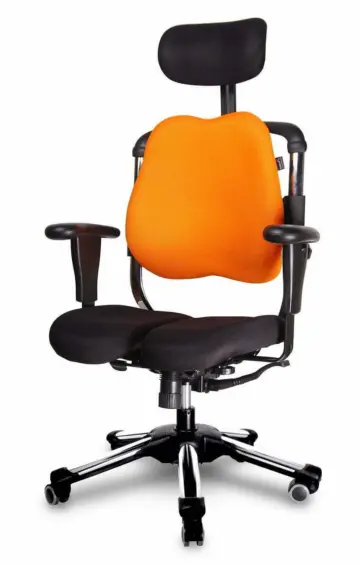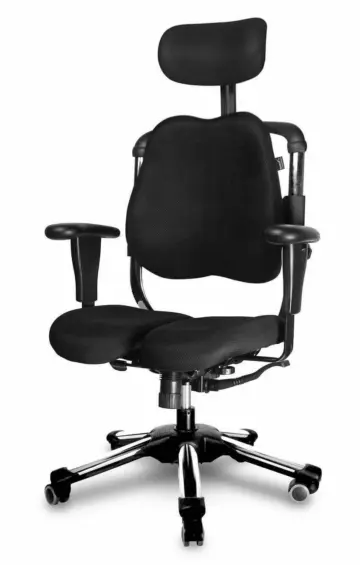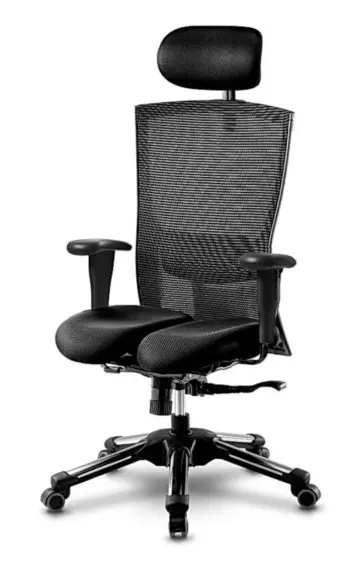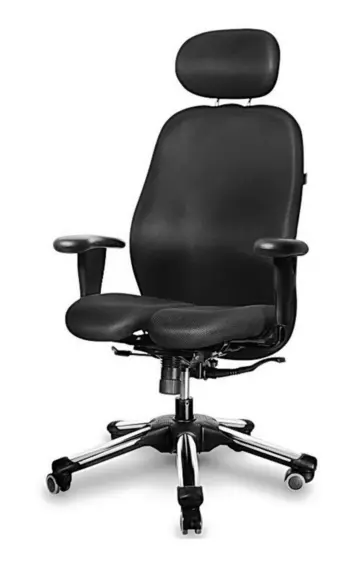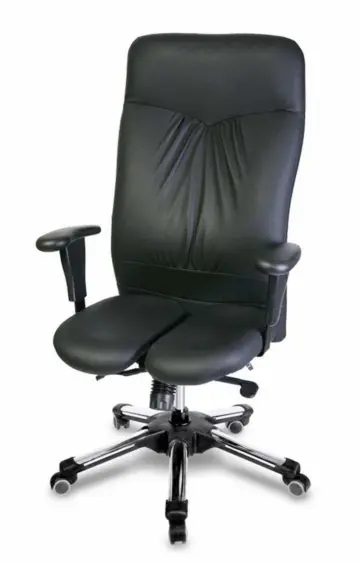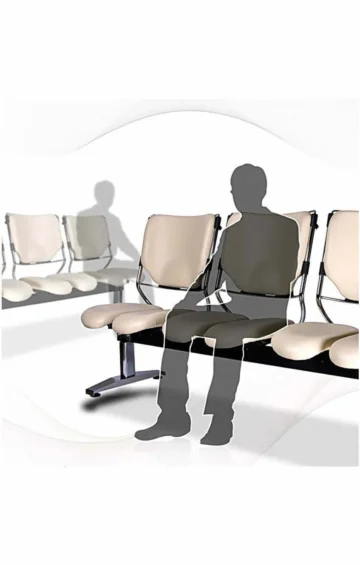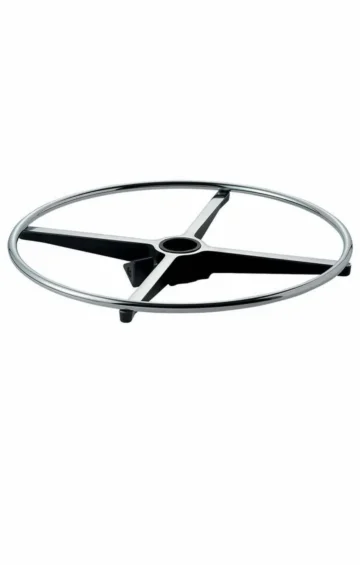Back-friendly Sitting
Millions of people have back pain, often caused by incorrect sitting. Anyone who sits rigidly and stiffly on the office chair is not doing anything good for their spine. It’s not easy on your back. Moving, back-friendly sitting and relaxed leaning back are better, even standing up in between, lolling or stretching are allowed and are easy on the back.
How back-friendly sitting works
Back pain has long since become a common ailment. In addition to lack of exercise, one-sided strain is poison for the back. Chronic back pain and conditions such as herniated discs cause several million days of absence in Germany every year, as current figures show. But how can back pain be prevented? And: How does back-friendly sitting work? Sitting upright and upright, this admonition from childhood days is no longer the last word of wisdom, and certainly not back-friendly. Pelvis back, chest out, head up – this rule is increasingly being shaken. Balancing upright on the chair puts more strain on the spine than leaning back in a relaxed manner. A casually leaning back posture is particularly good for the back, whereby Knie and upper body form an angle of about 135 degrees when sitting. So when you’re at your desk, when you’re on the phone, let yourself fall back comfortably in the backrest.
Sitting in a back-friendly way means sitting in motion
Was by nature not planned for people to sit on their buttocks for most of their lives. For a long time, sitting was even considered unnatural. From an evolutionary point of view, humans should only lie, climb or walk. At least until the nineties, medicine was largely in agreement that sitting was bad for your health. The new, back-friendly conviction of science when it comes to sitting now means: Always keep moving and change your sitting position forwards, backwards or to the side as often as possible. Moving sitting needs to be practiced. If you often sit bent forward at your desk, you should lean back more often. Sit upright for a few minutes in between, slide all the way back on the chair and tilt your pelvis forward – and then vice versa: slide to the edge of the chair and tilt your pelvis backwards. Just try out which movements and positions are good for you.
Movement while sitting is gentle on the intervertebral discs
As doctors have shown, sitting alone does not cause a herniated disc by a long way. However, if you sit too long and like a turtle with your head bowed, your neck stretched out and your gaze fixed in front of the screen, you still risk pain in your neck or lumbar spine. The muscles go on strike, tense up and harden. Turning and stretching can help. In the long term, back pain can only be averted preventively through dynamic, back-friendly sitting. Because active sitting not only activates the muscles, but also protects the intervertebral discs. Like a sponge, the resilient pads between the vertebral bodies can soak up and expand again when the pressure is released. So far, so back-friendly.
Our Customers

